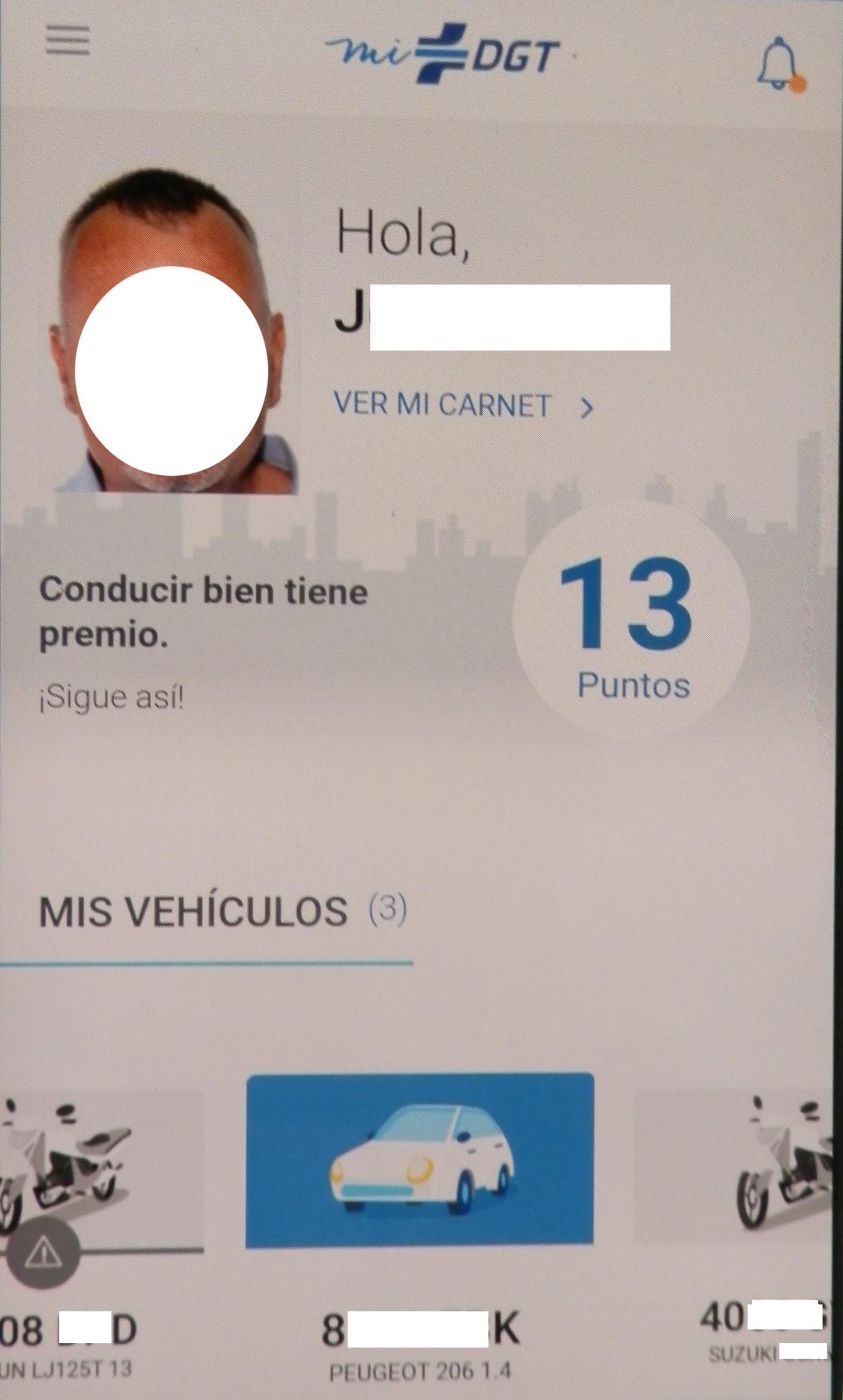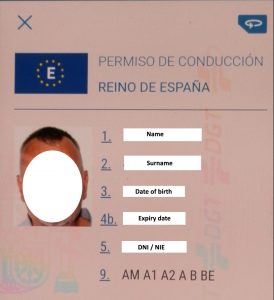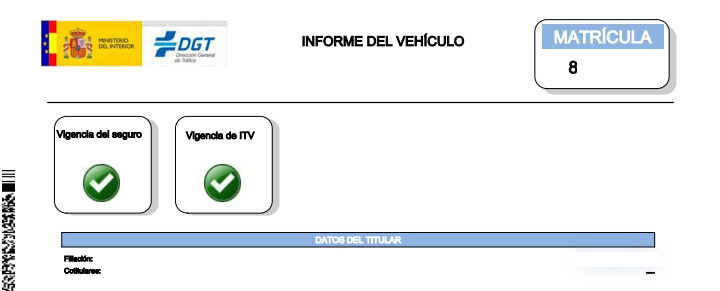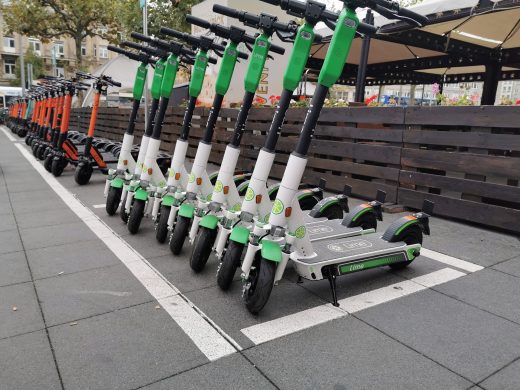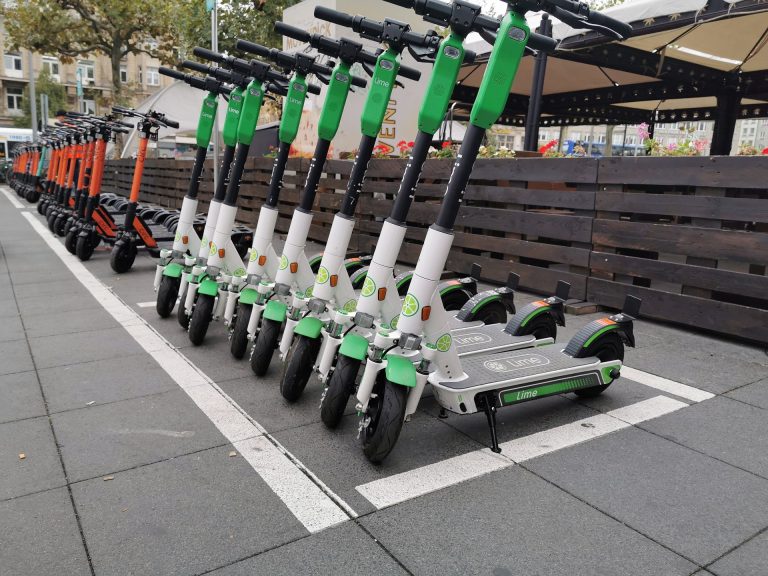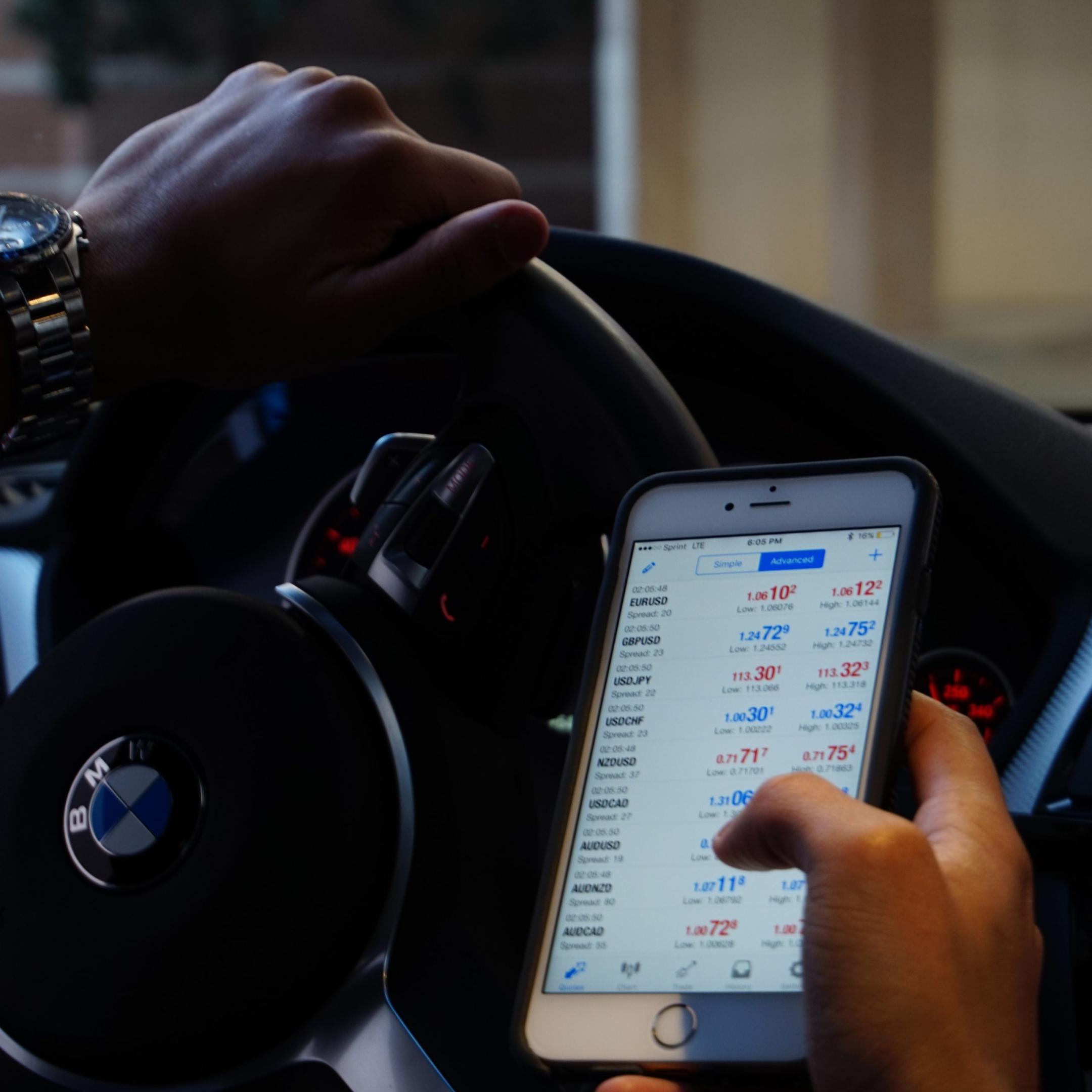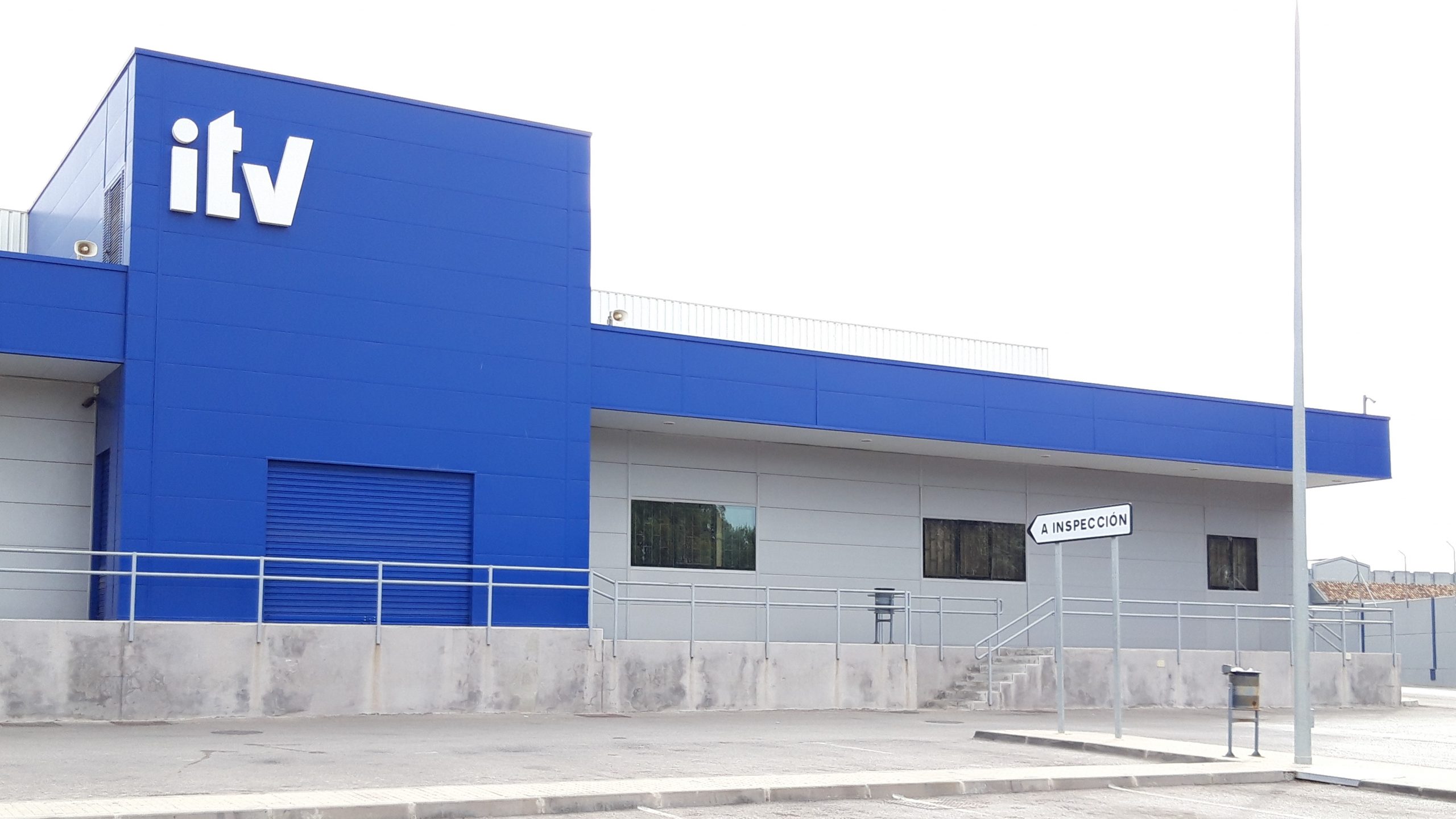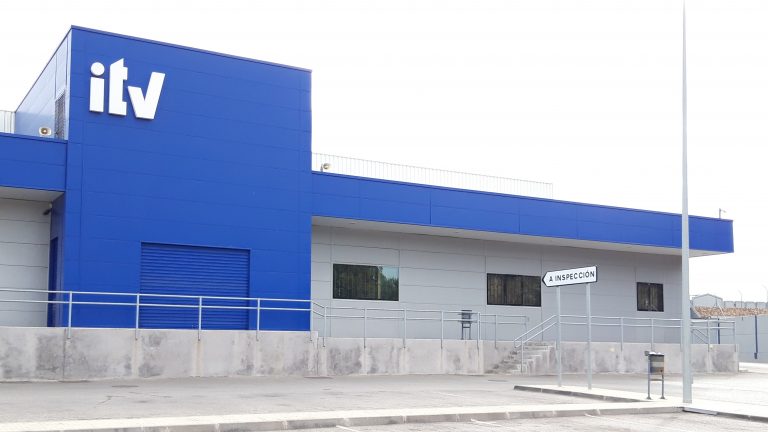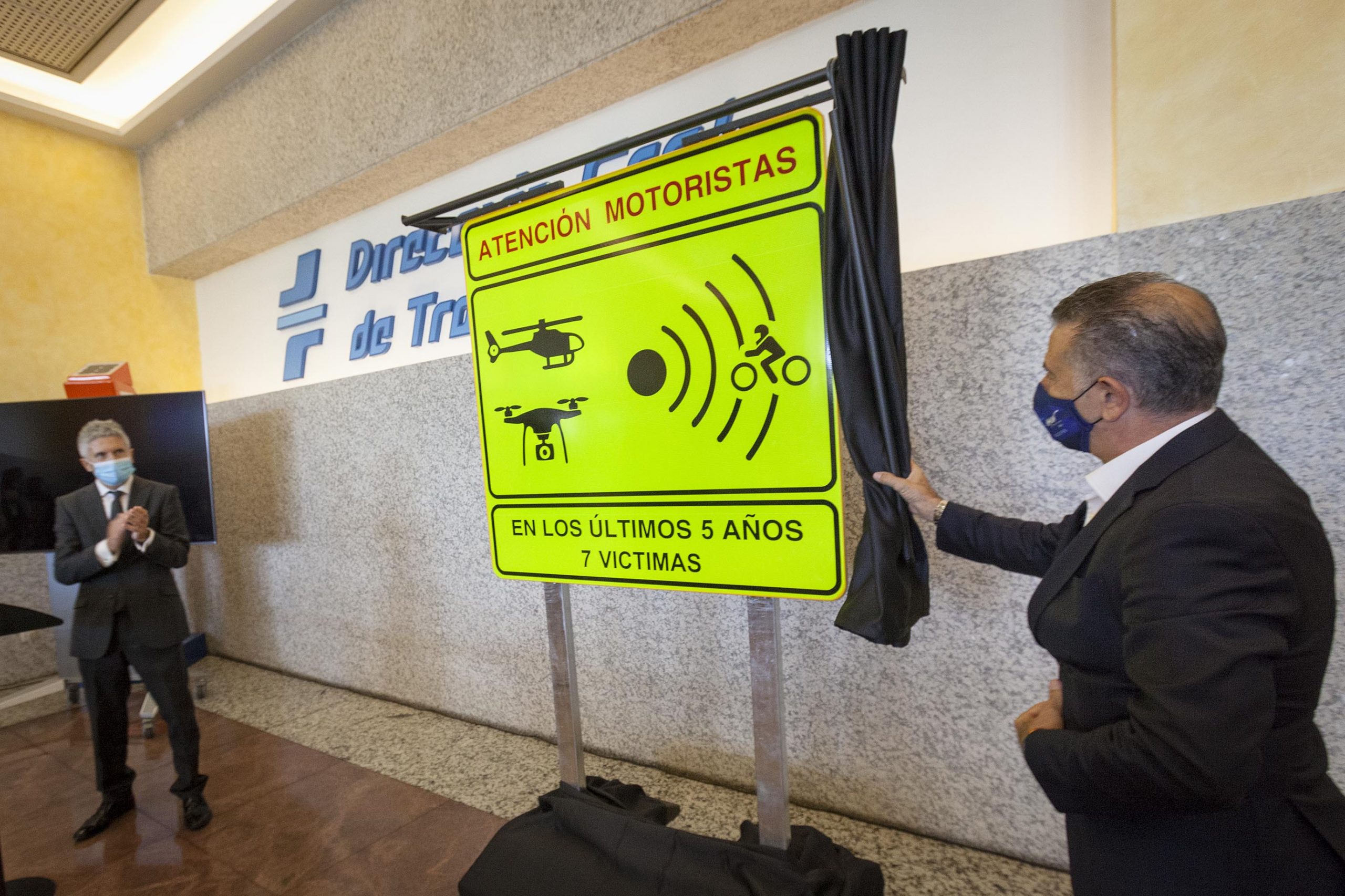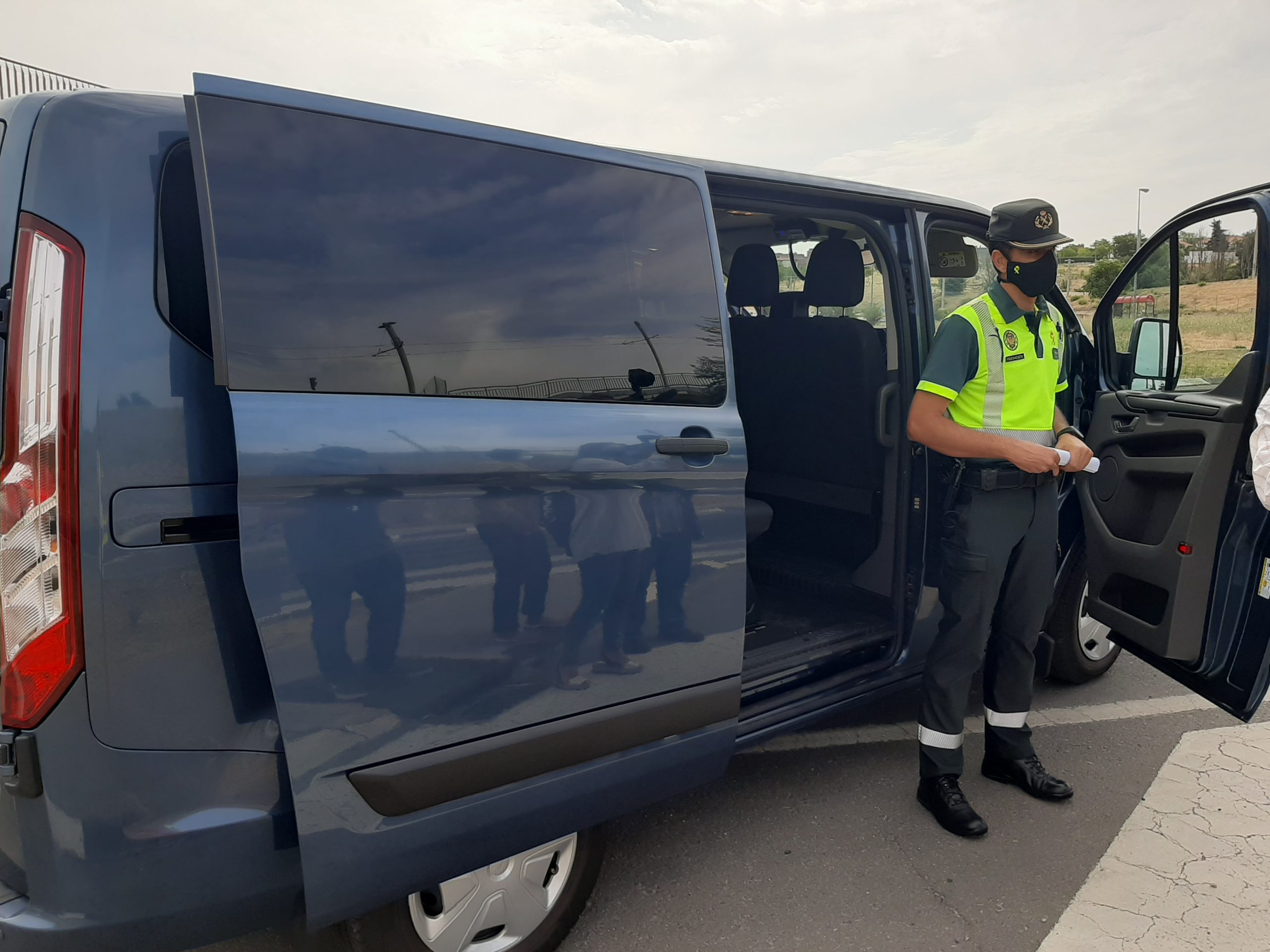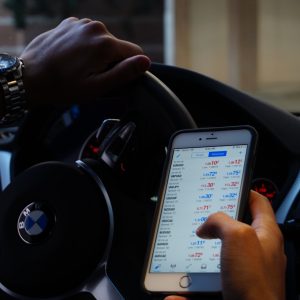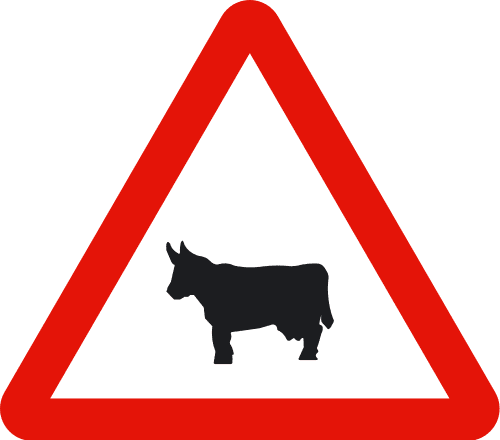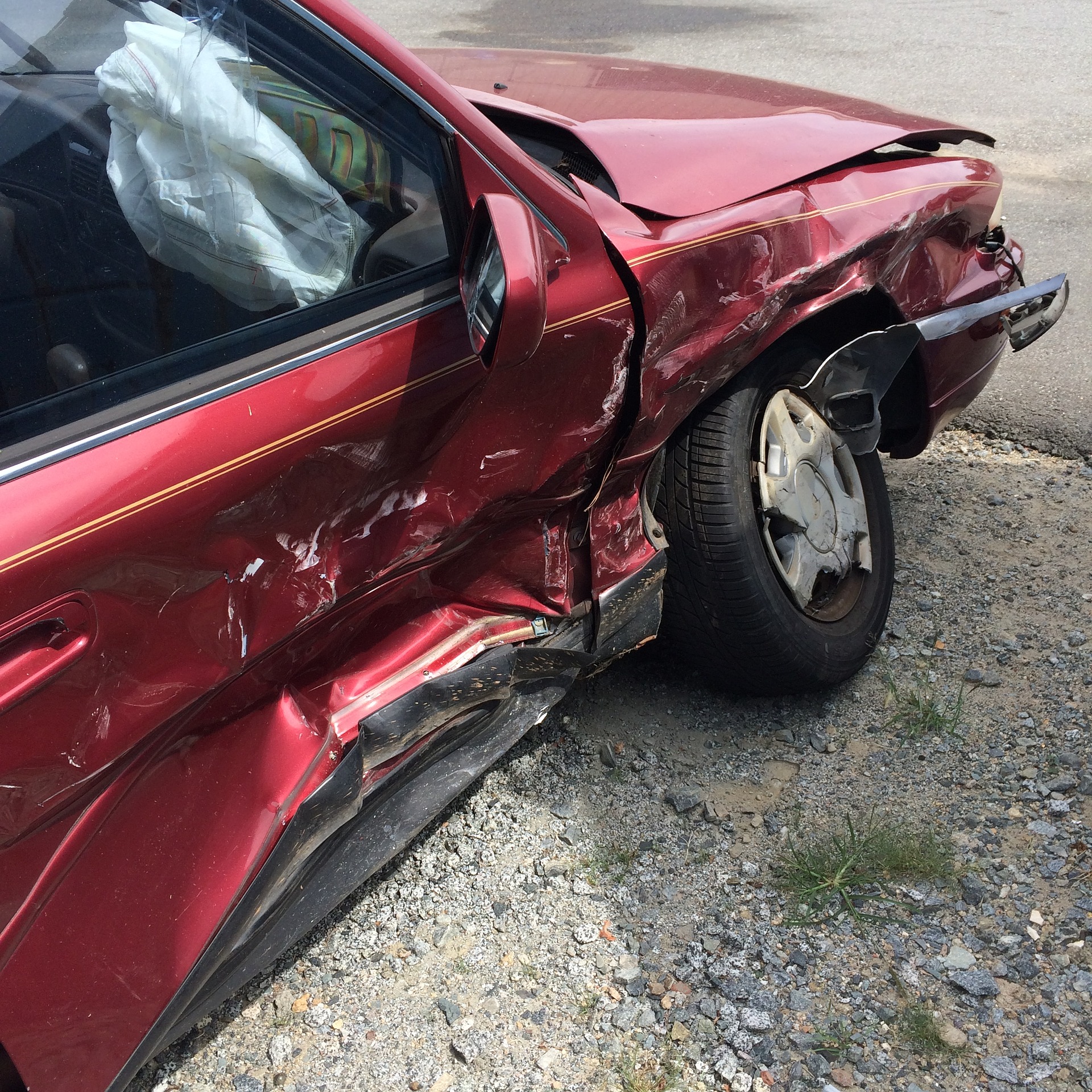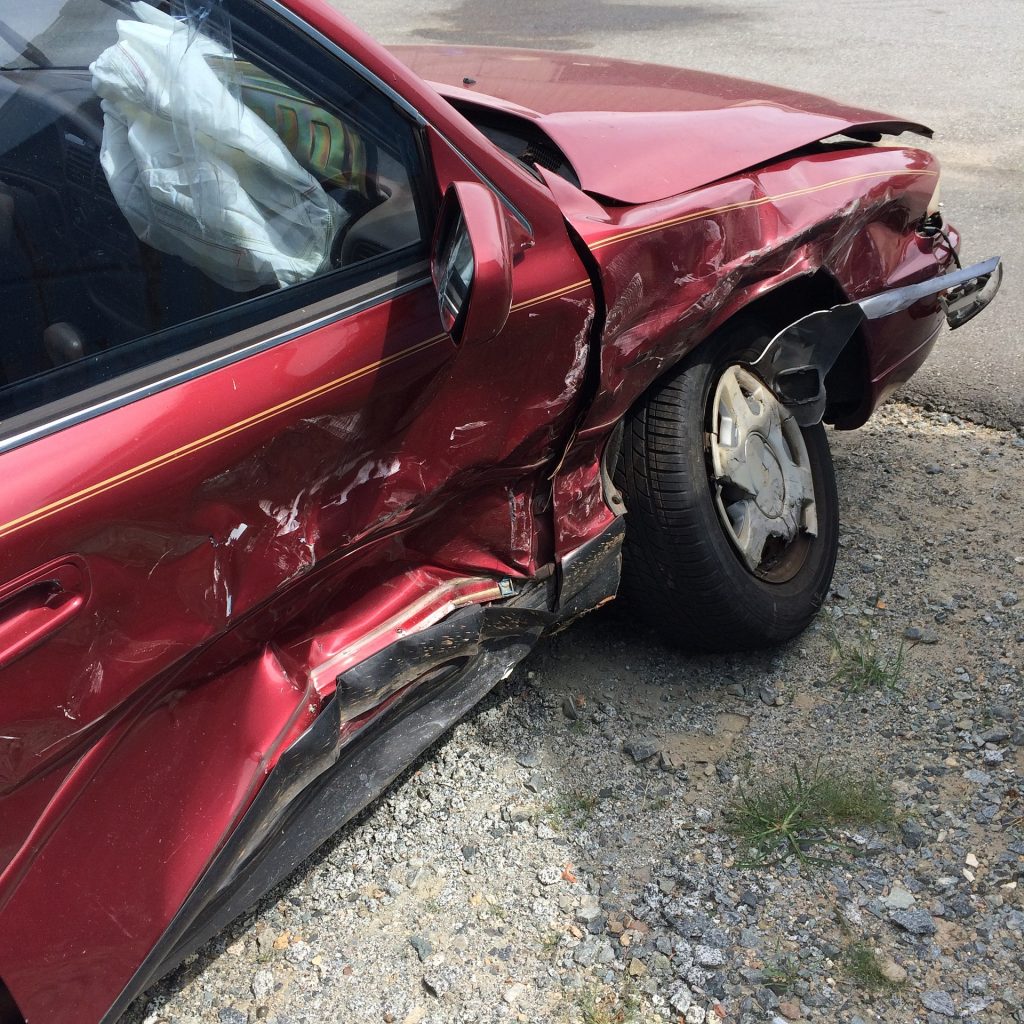From 11th May 2021 the speed limits in urban areas are changing. Please make yourself aware of the new maximum speed limits. Excessive speed could result in a fine and a possible loss of points.
Whilst you cannot avoid paying a fine if it is due you can make sure you are advised promptly and can take advantage of the discounted period by opting for automatic notification of traffic fines in Spain.
New speed limits Spain from May 2021
Two-way road. One lane in each direction
On roads in town or cities where there is only one lane in the direction you are travelling and there is a raised pavement then the maximum speed limit is 30 kilometres per hour.
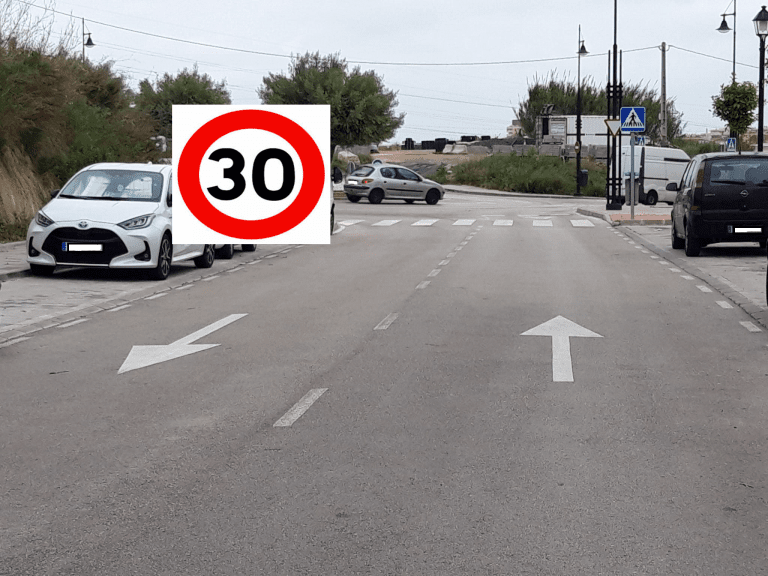
Road and pavement at the same height
On those town and urban roads where there is no pavement or the pavement is at the same level as the traffic the speed is further reduced to 20 kilometres per hour.
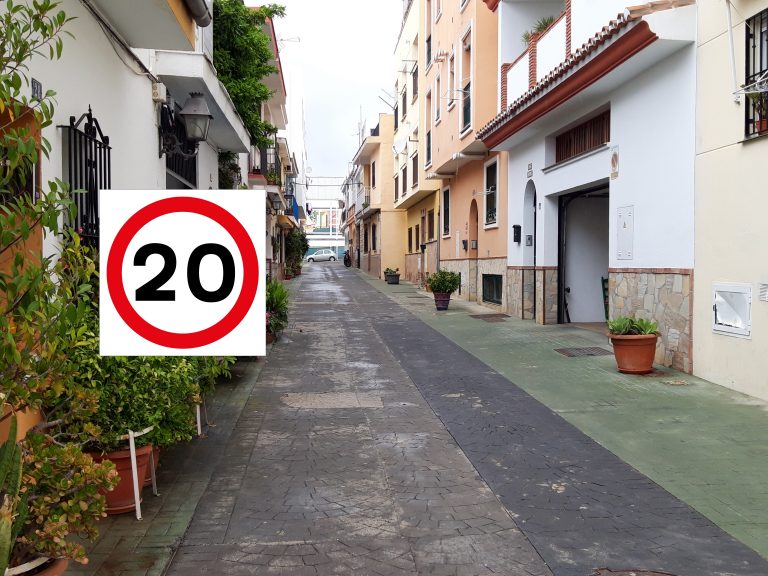
Two or more lanes in same direction
If the road has two or more lanes in the direction you are travelling, then the maximum speed is 50 kilometres per hour in cities and towns.
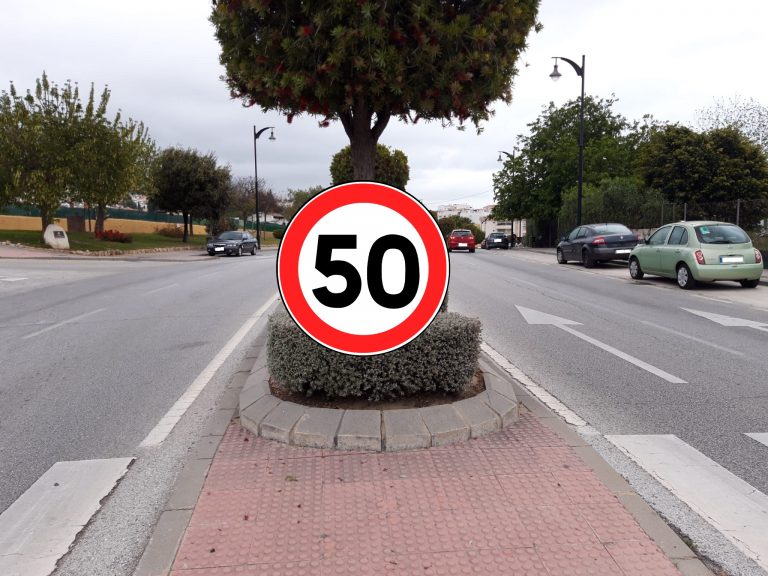
General rules overridden by road sign
Please be aware that these speed limits are the maximum allowed. The town hall may erect signage that indicates a reduction to these maximums. For example, a road with two lanes in one direction and a raised pavement could have a speed limit introduced of less than 50 kilometres per hour if the town hall decides.
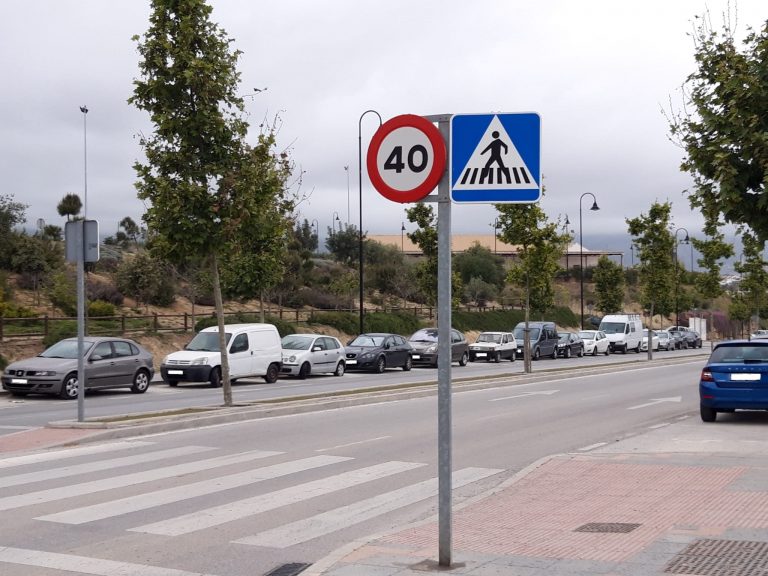
82% of road deaths in urban areas involve the most vulnerable of road users. These are; pedestrians, cyclists and motorcyclists. The risk of a fatality is reduced by 80% if the speed of impact is reduced from 50 kilometres per hour to 30 kilometres per hour.
Some towns and cities have already introduced new signs but remember from 11th May the new speed limits are nationwide.
Speed limits for interurban roads and motorways in Spain
Motorways 120 kilometres per hour.
Dual carriageways 120 kilometres per hour.
Roads with just one lane in the direction you are travelling 90 kilometres per hour.
Please note these are the maximum and there could be signage indicating a maximum speed lower than these limits.
Source: DGT.es





